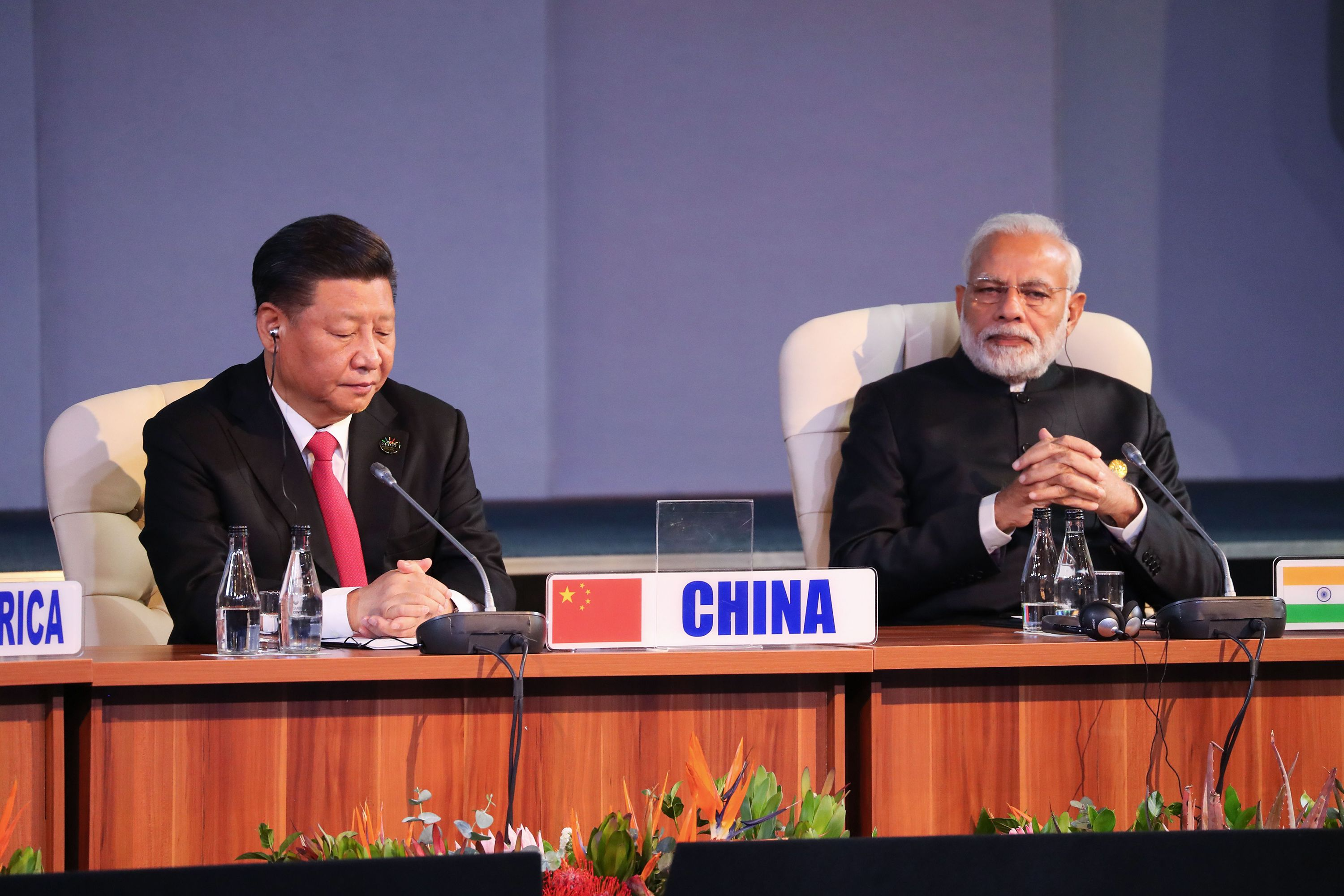China’s New Map Sparks Concerns and Heightened Tensions among Neighboring Countries

Introduction
China has recently unveiled an updated version of its territorial map, encompassing its disputed claims in various regions. The release took place on August 28, 2023, coinciding with the “National Mapping Awareness Publicity Week” hosted by the Ministry of Natural Resources of the People’s Republic of China. According to Chinese state media, the map was formulated using the established method of delineating national boundaries utilized by China and other countries across the globe. On the other side, Wu Wenzhong, China’s Ministry of Natural Resources’ chief planner, said at the map’s unveiling that surveying, mapping, and geographic information play a significant role in supporting the management of natural resources, advancing the development of ecology, and fostering civilization. Wu said in an interview with China Daily, “The next step will be to accelerate the application of geographic information data such as digital maps and navigation and positioning in the development of the digital economy, such as location-based services, precision agriculture, platform economy and intelligent connected vehicles.”
Changes in the New Map
The new map incorporates several regions, such as the Indian state of Arunachal Pradesh, which China has consistently maintained as the southern region of Tibet. Furthermore, the map includes Aksai Chin, an extension of Ladakh, which has been under China’s control since the 1962 Sino-Indian War. In addition, the new map differs from the version of the South China Sea provided by China to the United Nations in 2009, which contained nine-dash line. The most current map covered a bigger geographical area and includes a line with ten dashes encompassing democratically controlled Taiwan, similar to a depiction of China from 1948. China also released a map with a tenth dash in 2013. The map also showed numerous small islands and islets that are also claimed by Southeast Asian nations, including Vietnam, the Philippines, Brunei, Malaysia, and Indonesia.
Response of Different Countries
After China published an official map showing Indian lands in the Himalayas as its own, India raised a strong diplomatic complaint with Beijing. Subrahmanyam Jaishankar, the foreign minister of India, slammed the Chinese chart as absurd and remarked, “Just by putting out maps with parts of India, this doesn’t change in anything. Our government is very clear about what our territory is, making absurd claims does not make other people’s territories yours.” Also, only a few days have passed since Mr. Xi and Narendra Modi, the Prime Minister of India, met informally during the BRICS summit in South Africa and decided to ease border tensions. While Chinese claims are not entirely groundbreaking, the timing of the release is crucial which coincides with the G20 summit and ASEAN summit. The President of the United States Joe Biden, Turkish President Recep Tayyip Erdogan, and other world leaders will attend the multilateral event. However, there are concerns regarding Xi Jinping’s anticipated trip to Delhi for the G20 summit. It is scheduled to start next week, which will take place against the backdrop of a long-standing border dispute between the two nuclear neighbors, which has only strained their diplomatic ties.
 Taiwan, the Philippines, Malaysia, and Vietnam have all rejected China’s recently released map, in a joint response to Beijing’s recent territorial claims. In highlighting China’s obligations under international law, the Philippines cited the 2016 arbitral decision that deemed China’s U-shaped boundary to be legally unjustified. Malaysia simultaneously lodged a diplomatic objection to the Chinese map. In response, Malaysia said the map was non-authoritative over its territory, recognizing the complexity and delicate nature of the South China Sea dispute. By joining ASEAN neighbors, Vietnam’s foreign ministry dismissed China’s claims based on the map as meaningless and illegal under both Vietnamese and international law. Whereas, Taiwan’s Foreign Ministry spokesperson, Jeff Liu, emphasized Taiwan’s independence in answer to questions about the map by claiming that “Taiwan absolutely was not a part of the People’s Republic of China regardless of what China say.” The countries are protesting against the release of China’s new map and have rejected the map, claiming that it is illegitimate and violates international law. They have also threatened to take action to protect their own claims. If the governments’ responses become more aggressive, it could lead to more violent encounters in the disputed territory and escalated tensions between the countries. Moreover, The ASEAN countries have maintained same stance over China’s maritime claim, it remains to be seen whether any specific action or strategy will emerge at the upcoming ASEAN summit.
Taiwan, the Philippines, Malaysia, and Vietnam have all rejected China’s recently released map, in a joint response to Beijing’s recent territorial claims. In highlighting China’s obligations under international law, the Philippines cited the 2016 arbitral decision that deemed China’s U-shaped boundary to be legally unjustified. Malaysia simultaneously lodged a diplomatic objection to the Chinese map. In response, Malaysia said the map was non-authoritative over its territory, recognizing the complexity and delicate nature of the South China Sea dispute. By joining ASEAN neighbors, Vietnam’s foreign ministry dismissed China’s claims based on the map as meaningless and illegal under both Vietnamese and international law. Whereas, Taiwan’s Foreign Ministry spokesperson, Jeff Liu, emphasized Taiwan’s independence in answer to questions about the map by claiming that “Taiwan absolutely was not a part of the People’s Republic of China regardless of what China say.” The countries are protesting against the release of China’s new map and have rejected the map, claiming that it is illegitimate and violates international law. They have also threatened to take action to protect their own claims. If the governments’ responses become more aggressive, it could lead to more violent encounters in the disputed territory and escalated tensions between the countries. Moreover, The ASEAN countries have maintained same stance over China’s maritime claim, it remains to be seen whether any specific action or strategy will emerge at the upcoming ASEAN summit.